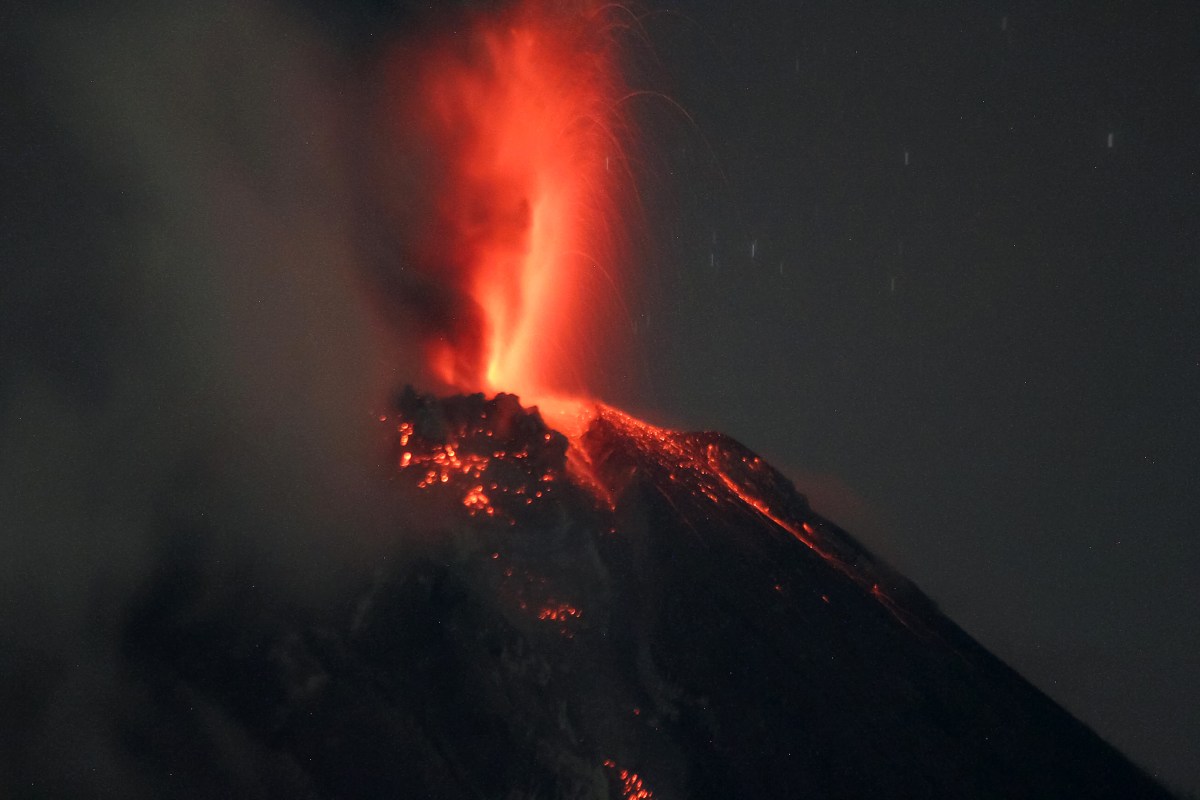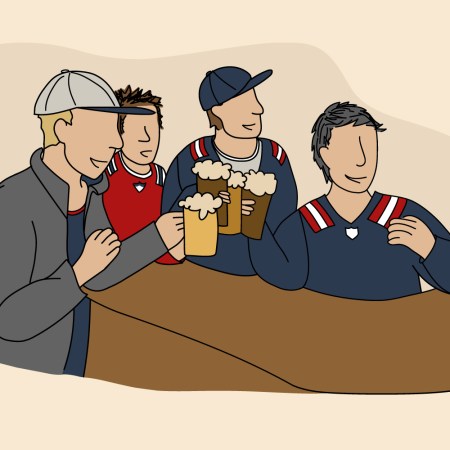Around 74,000 years ago, the Toba supervolcano erupted on the Indonesian island of Sumatra. According to The Atlantic, it was the biggest eruption of the last 2 million years. About 2,800 cubic kilometers were unleashed, which, for reference, would be enough to cover the entire United States in a foot-thick layer of ash and rock. Back in the 1990s, several scientists argued that Toba’s unprecedented outburst changed the world’s climate, because it blocked out sunlight and lowered the global temperatures by several degrees for many decades. It was so bad that humans were almost extinct. The “volcanic winter” left behind a few thousand survivors, from whom we are all descended today. This theory is incredibly controversial, and other researchers have said it overestimates both the degree of climate change and its effect on our ancestors. But a new study has appeared, from an unlikely location. In a cliff near Mossel Bay, a town on South Africa’s south coast, scientists have discovered a layer of microscopic glass shards. These shards, known as cryptotephra, are products of Toba’s wrath and were created when the volcano superheated the silica within its expunged rock. They had to have traveled over 5,500 miles to reach southern Africa, where they settled among bones, tools and other signs of human occupation. This fact suggests that those in humans who once lived in South Africa were not as affected by Toba’s wrath as you might expect if the supervolcano brought on a global decades-long winter. The Atlantic writes that if anything, the humans thrived. “We showed that after the input of the shards, human occupation at the site actually increased dramatically,” says Curtis Marean, from Arizona State University, to The Atlantic. “We never expected that.”
Thanks for reading InsideHook. Sign up for our daily newsletter and be in the know.


















